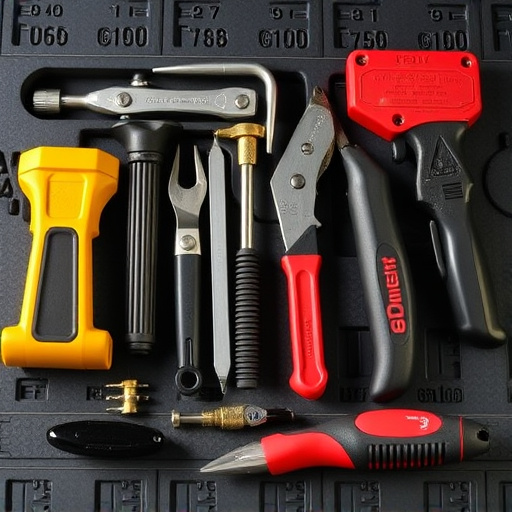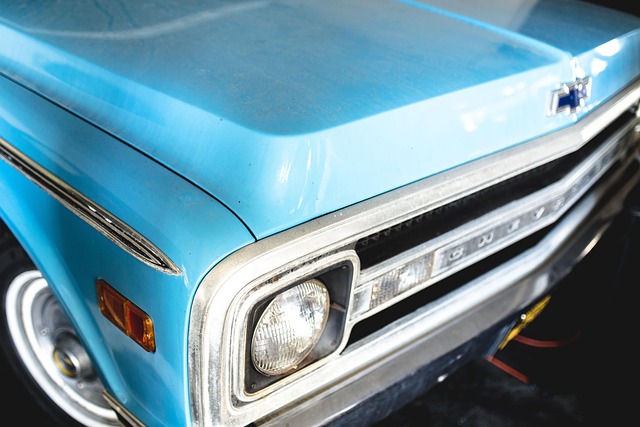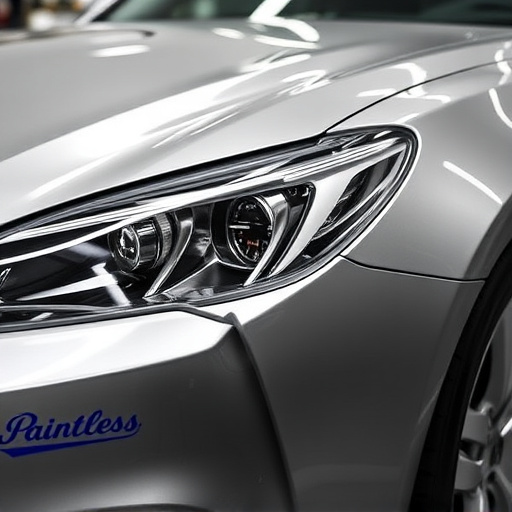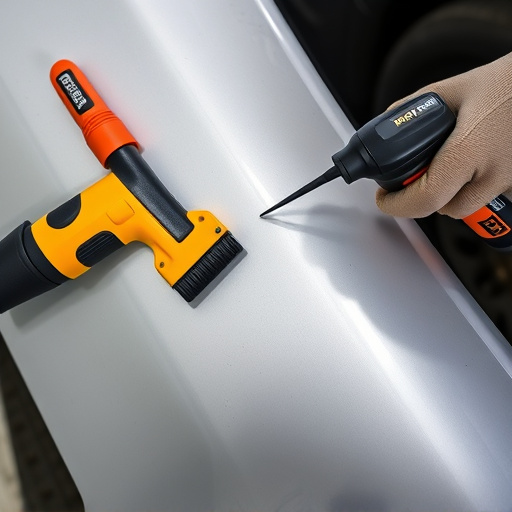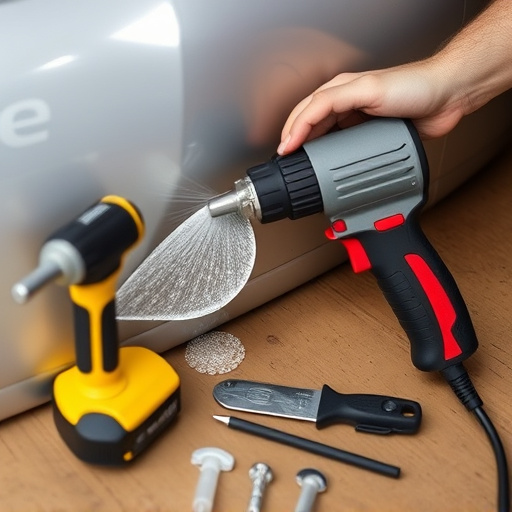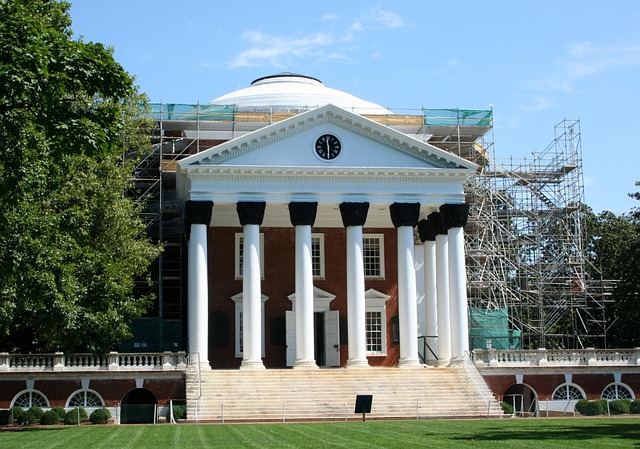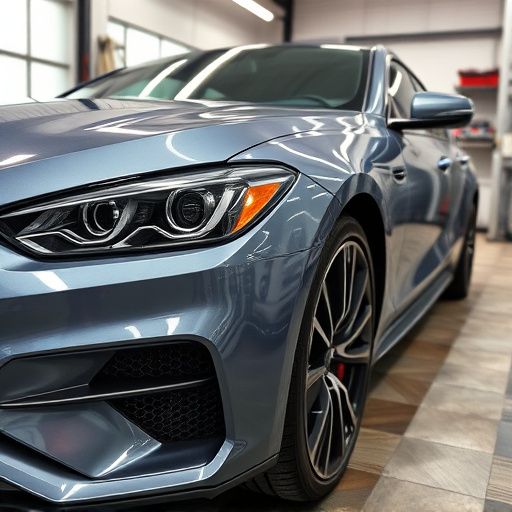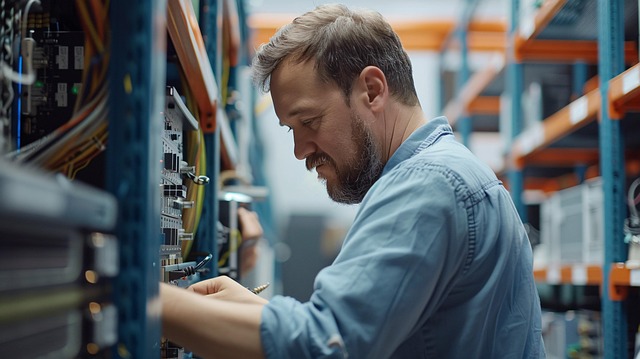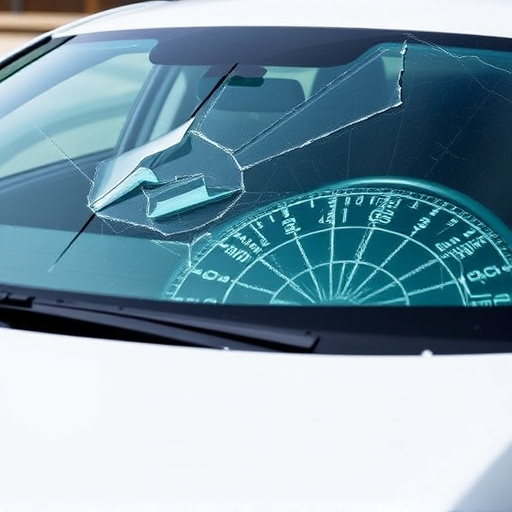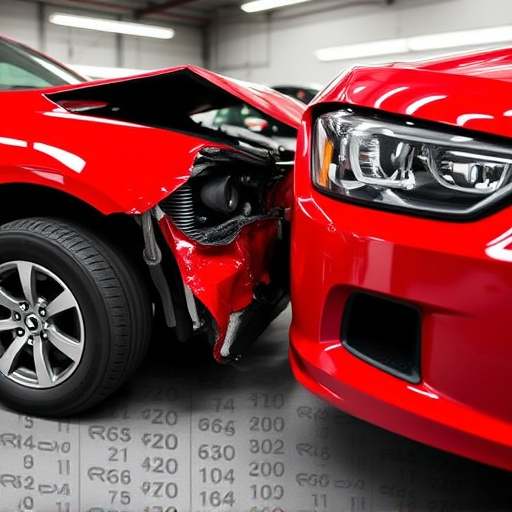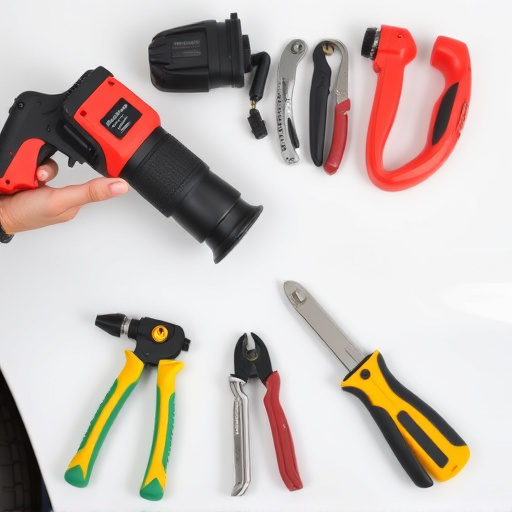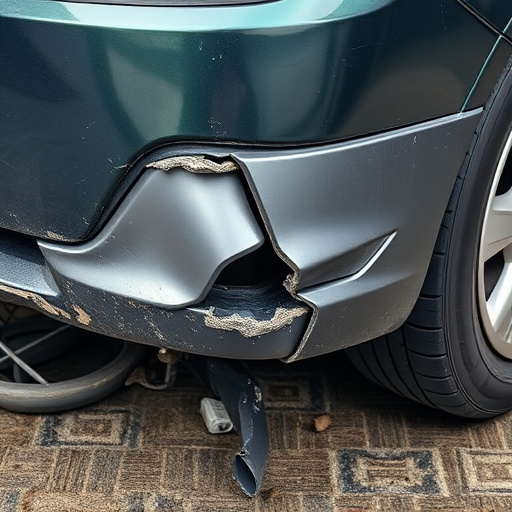Identifying metal alloys is crucial for high-quality chrome repair restoration. Skilled technicians understand base metals like zinc and nickel, and their unique properties, to apply suitable techniques. Damage assessment guides restoration methods, from buffing light scratches to reshaping and electroplating severe damage. Chrome repair restoration aims for aesthetic and functional excellence across various metal types.
“Unveiling the secrets behind successful custom chrome repair restoration work, this comprehensive guide delves into the intricate world of metal types. From identifying common alloys to understanding their unique properties and challenges, we equip readers with vital knowledge. Discover techniques tailored for restoring diverse chrome surfaces, ensuring exceptional results. Whether you’re a professional or enthusiast, master the art of chrome repair, enhance your skills, and elevate restoration projects to new heights.”
- Identifying Common Metal Alloys in Chrome Repairs
- Properties and Challenges of Different Metal Types
- Techniques for Restoring Various Chrome Surfaces
Identifying Common Metal Alloys in Chrome Repairs
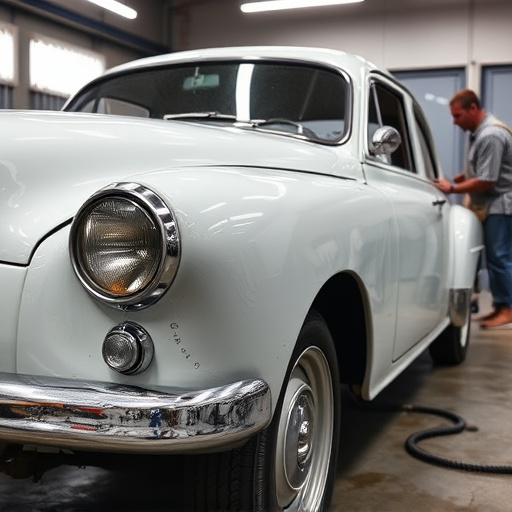
When it comes to identifying metal alloys used in chrome repair restoration work, several common types are often found across various automotive parts. In many cases, chrome-plated surfaces on vehicles are actually overlaid with a protective coating of zinc, nickel, or a combination of both. These base metals serve as an essential barrier between the underlying steel and potential corrosion, ensuring the longevity of the chrome repair job.
During restoration, understanding the composition becomes crucial, especially when preparing for repairs following a fender bender or collision at a reputable auto body repair center. Different alloys may require specialized techniques for sanding, polishing, and plating to achieve the desired shine without compromising durability. This meticulous process, often undertaken by skilled technicians, is what transforms damaged parts back into stunning examples of custom chrome repair restoration work.
Properties and Challenges of Different Metal Types
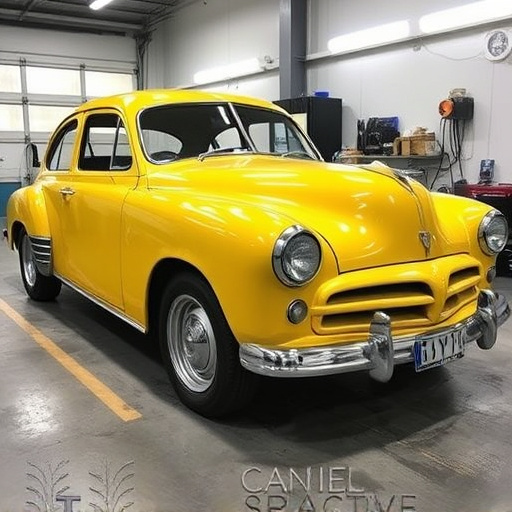
When it comes to chrome repair restoration, understanding the properties and challenges of different metal types is crucial. Chrome, an alloy typically composed of 50-70% chromium, offers exceptional corrosion resistance and a lustrous finish, making it a popular choice for automotive trim and embellishments. However, its brittleness poses a significant challenge in repair work, as even minor damage can result in chips or cracks that require meticulous attention to detail during restoration.
Other metals commonly encountered in chrome repair include stainless steel and aluminum. Stainless steel, known for its durability and resistance to corrosion, offers better flexibility than chrome, making it easier to work with during scratch repair or vehicle dent repair processes. Aluminum, lightweight yet strong, presents unique challenges due to its susceptibility to kerbing and oxidation, necessitating specialized techniques for effective restoration. Mastery of these metal types is essential for achieving optimal results in custom chrome repair and ensuring the restored piece not only looks but also performs like new, enhancing the overall aesthetic appeal of any vehicle.
Techniques for Restoring Various Chrome Surfaces
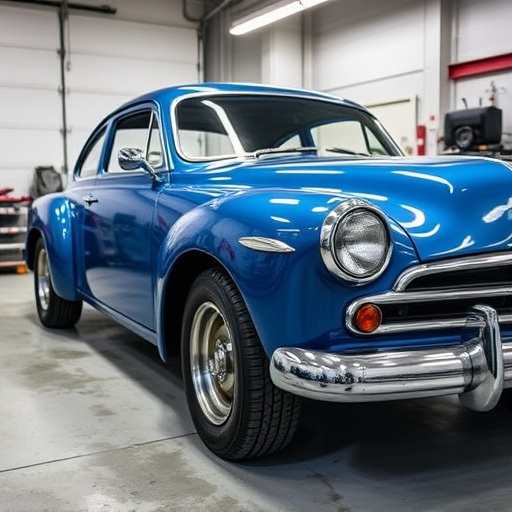
Restoring chrome surfaces requires a nuanced approach depending on the type and extent of damage. For minor scratches and dents, buffing with specialized compounds can achieve a near-perfect finish. This technique involves using mechanical polishes and pads to smooth out imperfections, revealing a shiny, seamless surface. Often employed for smaller areas like door handles or window frames in an auto body shop, it’s an effective chrome repair restoration method.
For more severe damage, such as deep scratches or dents from a fender bender, a complete reshaping might be necessary. This involves using precision tools to remove damaged material and remold the chrome to its original form. Techniques like electroplating can then be applied to rebuild the surface, ensuring a durable and aesthetically pleasing result. A skilled auto body shop will utilize these methods to bring even the most damaged chrome surfaces back to life.
In the realm of custom chrome repair and restoration, understanding metal types is paramount. By identifying common alloys, recognizing their unique properties and challenges, and mastering techniques tailored to various chrome surfaces, restorers can deliver exceptional results. These skills ensure that every restored piece not only retains its aesthetic appeal but also stands the test of time, showcasing the artistry and craftsmanship involved in this intricate process known as chrome repair restoration.
